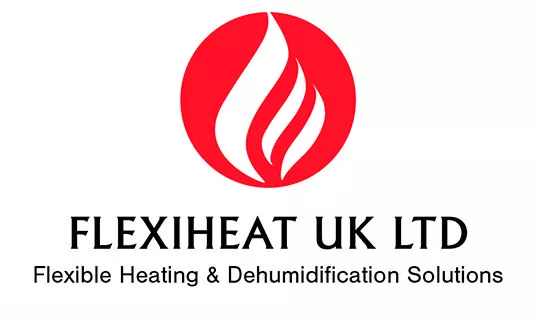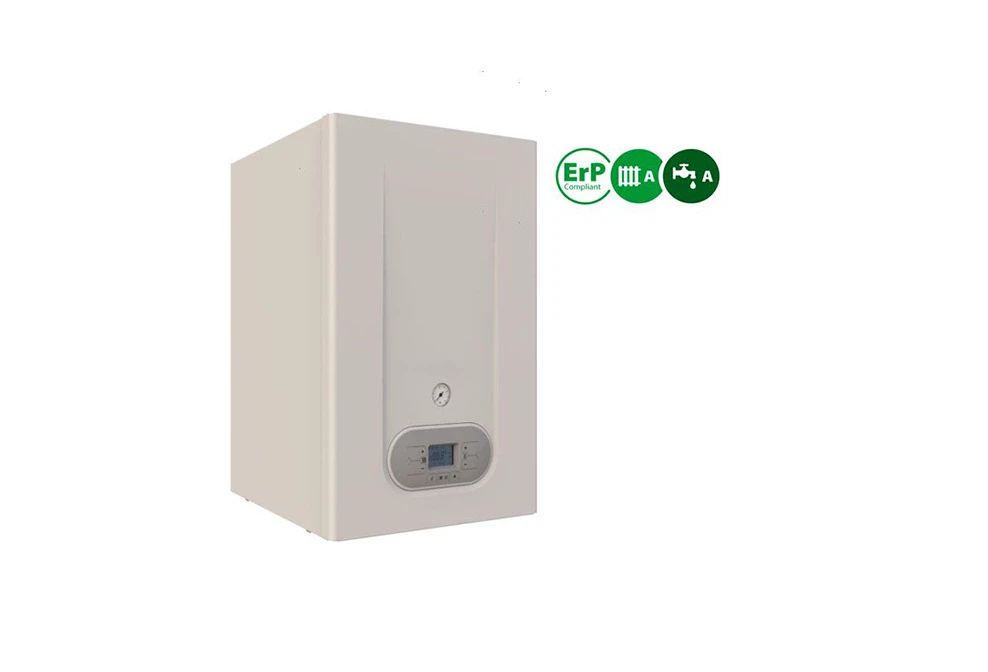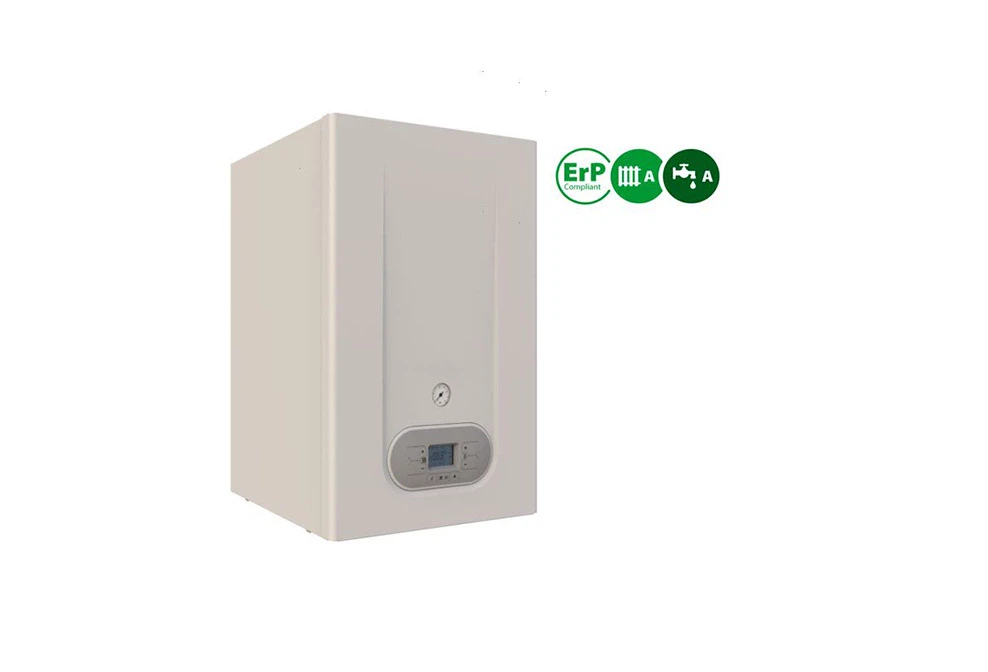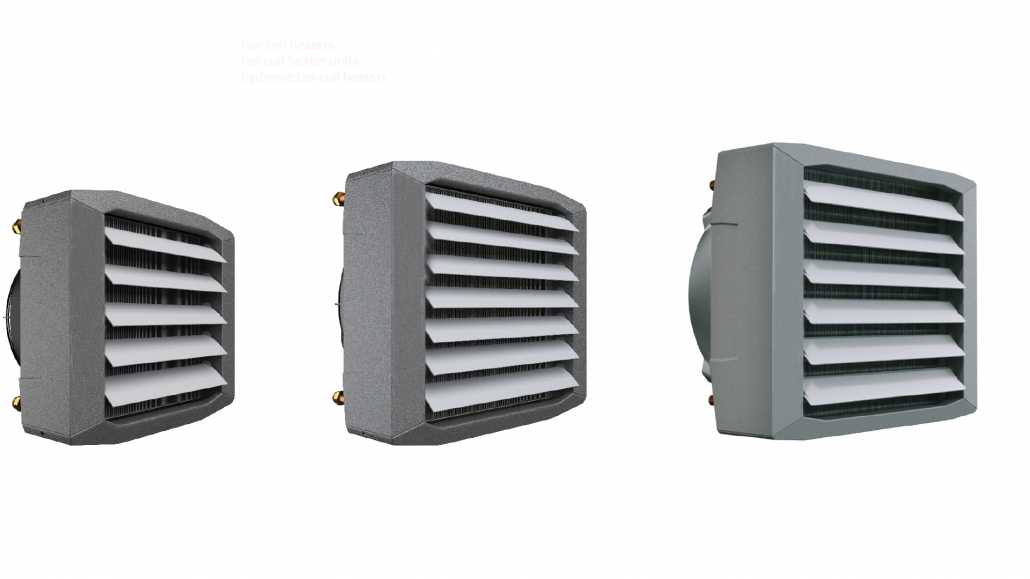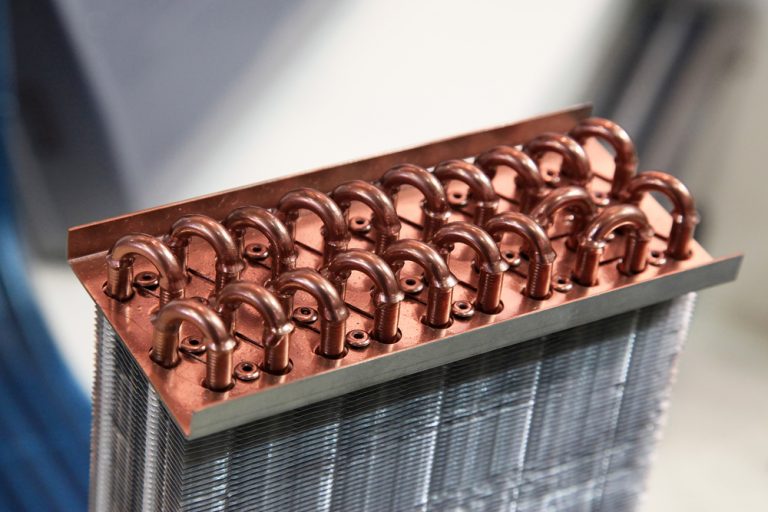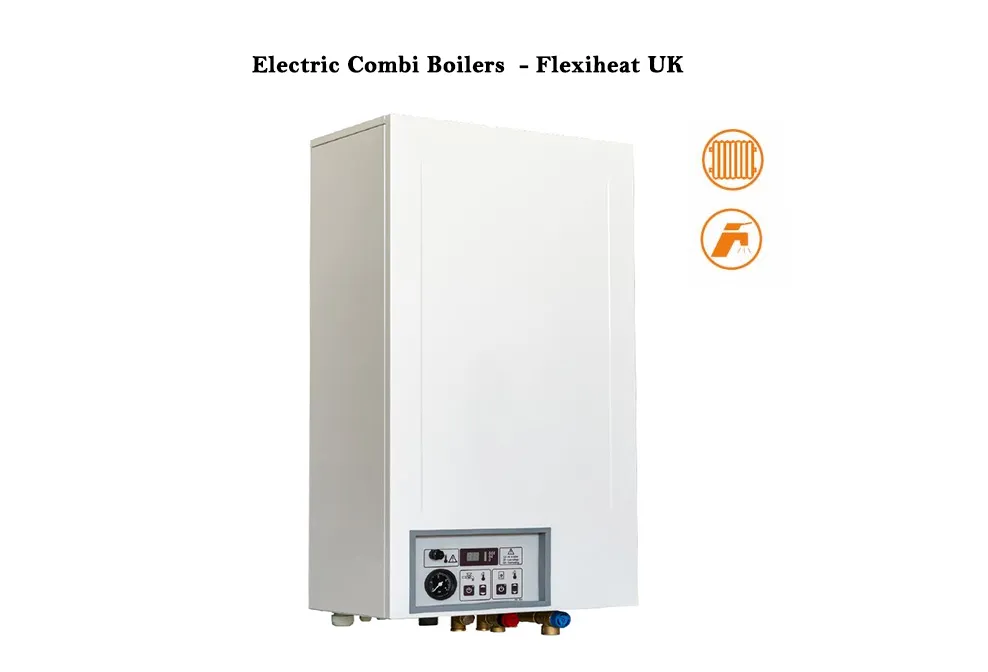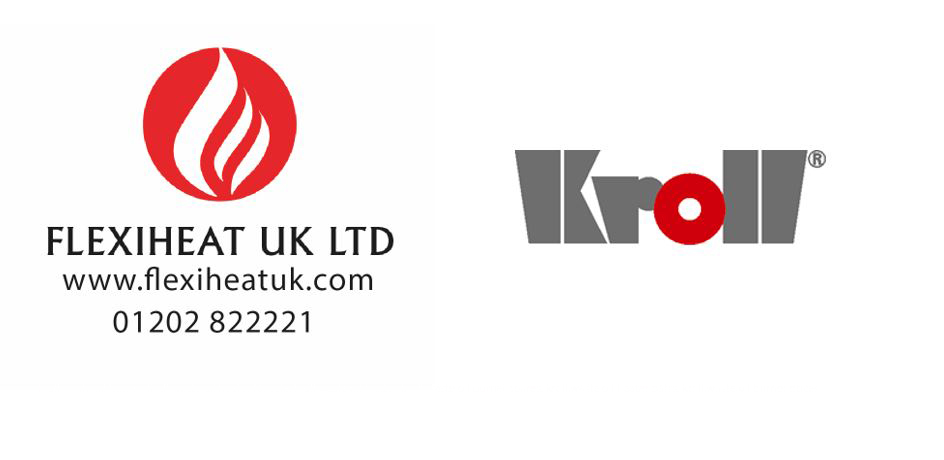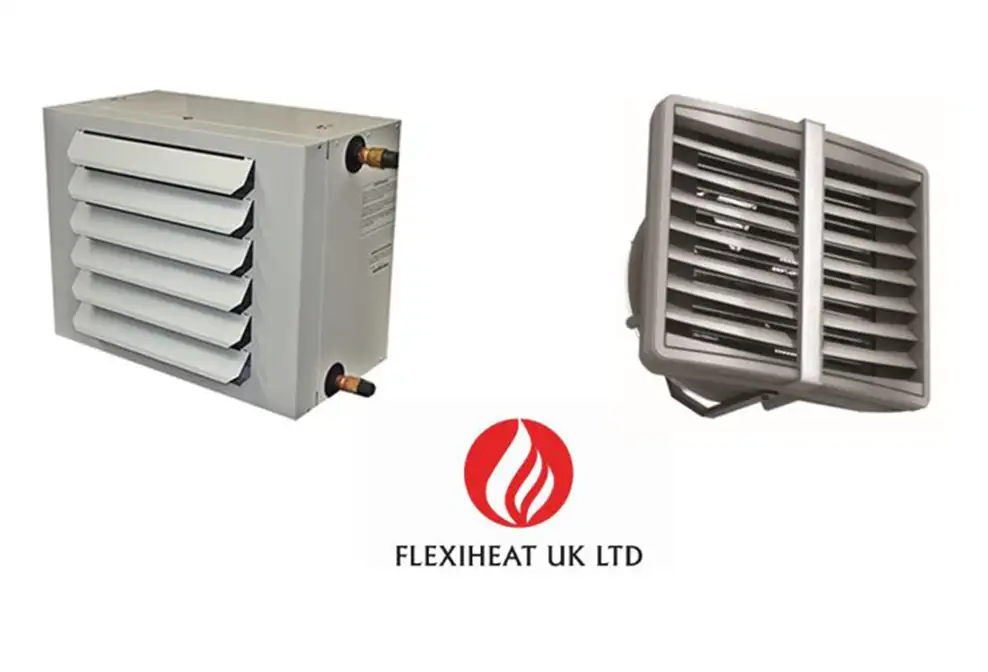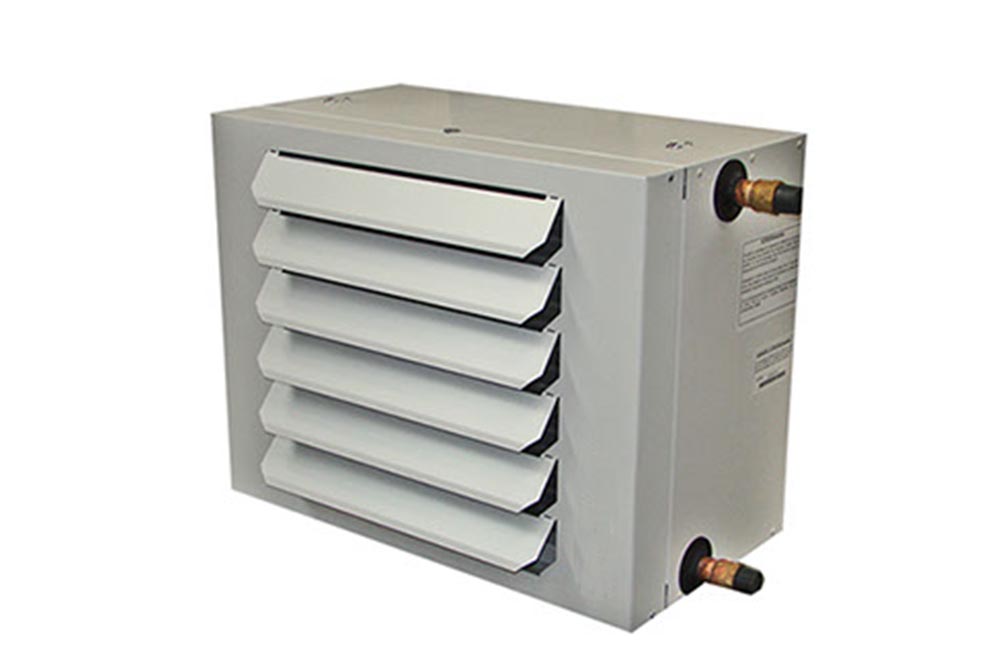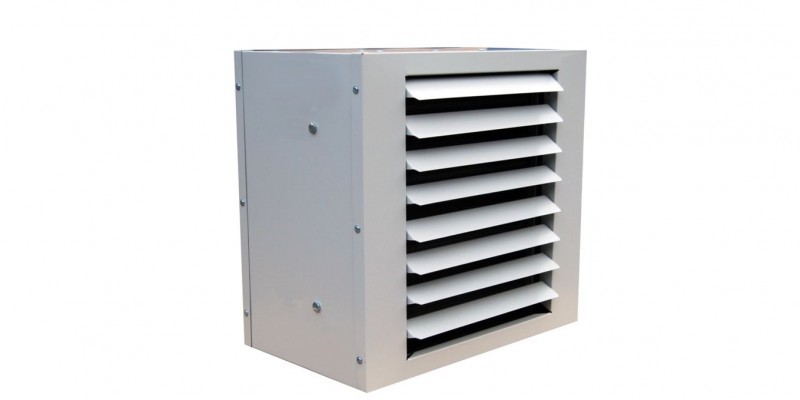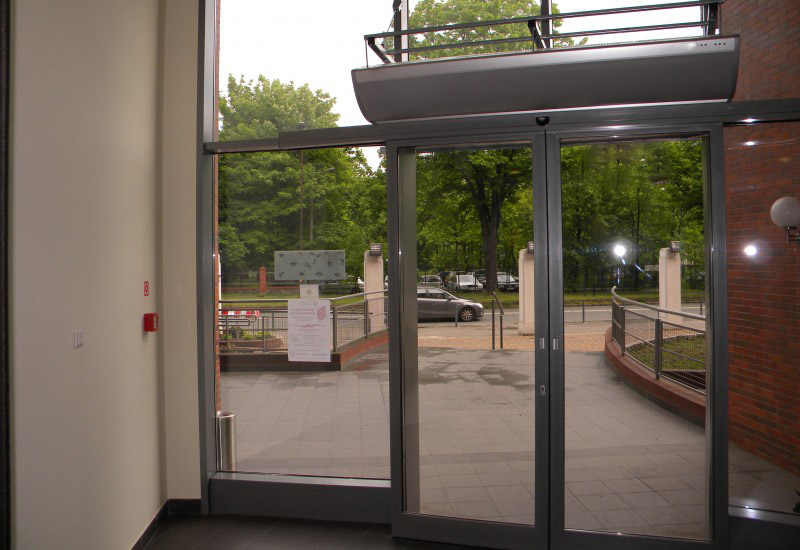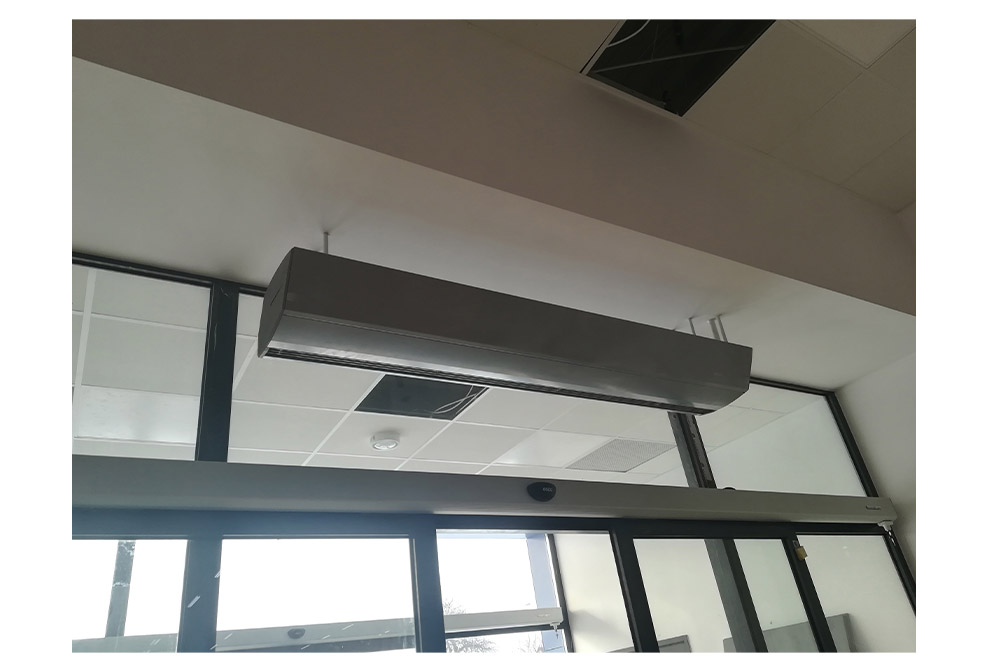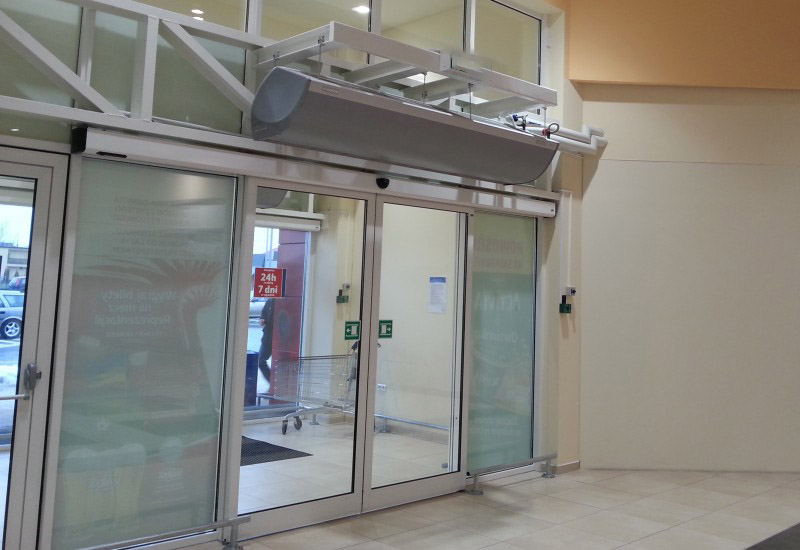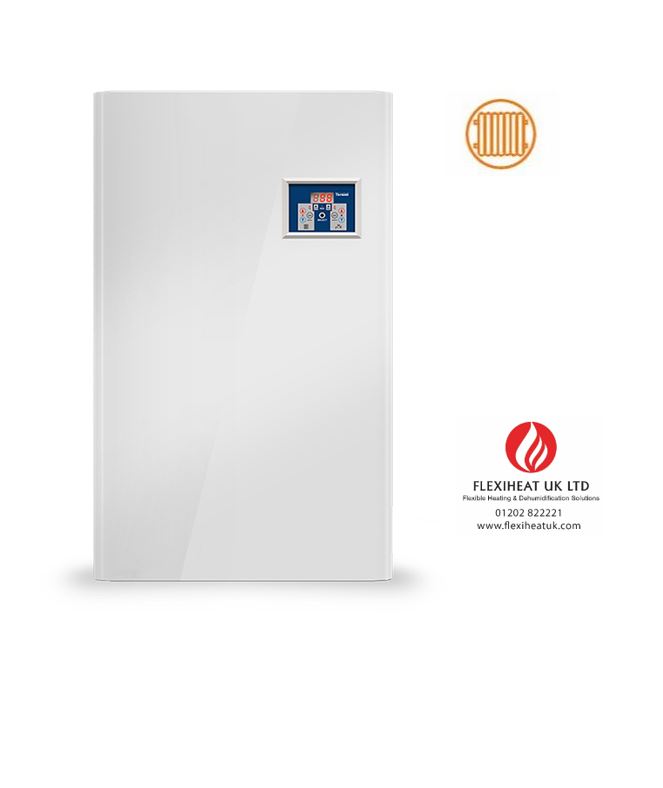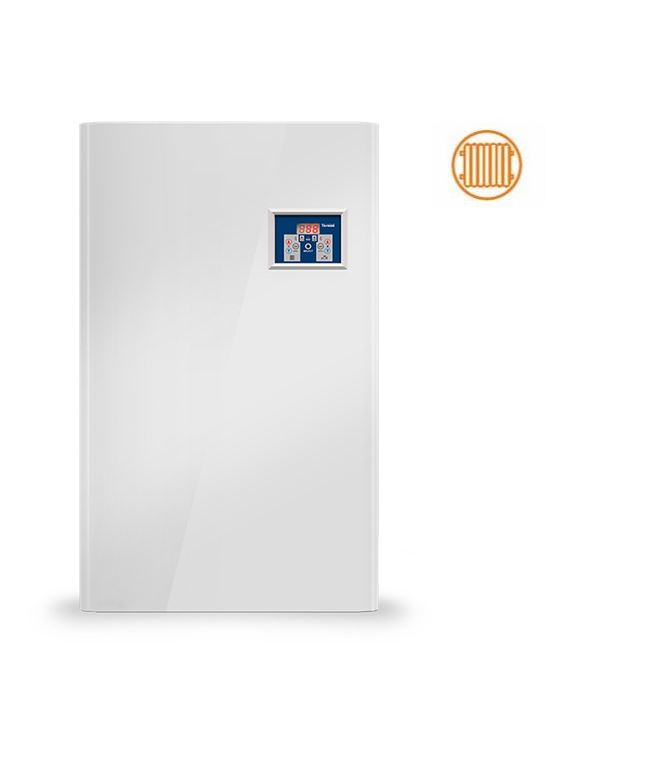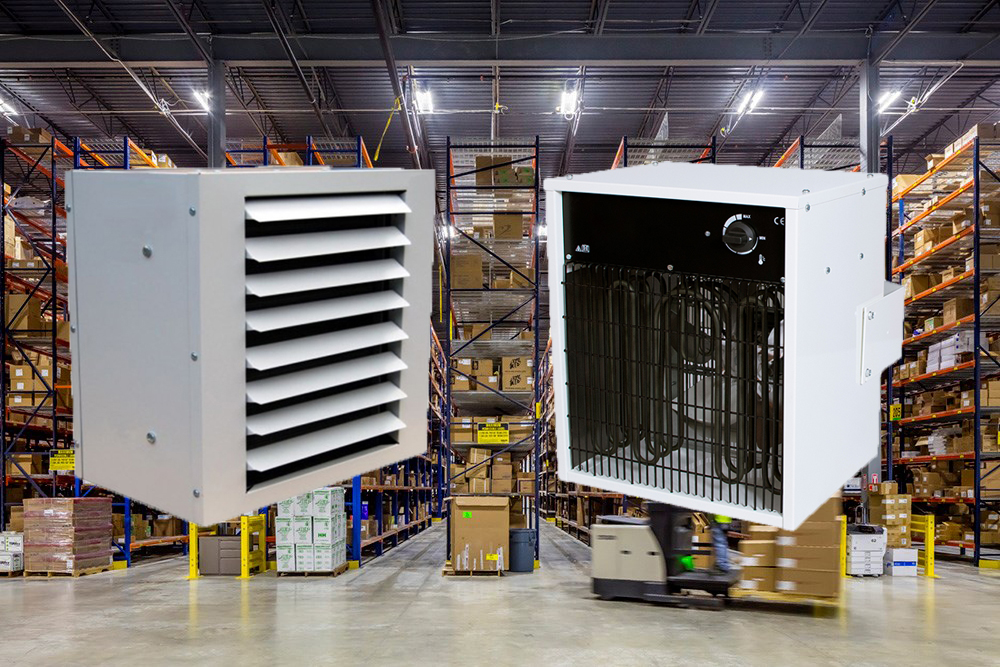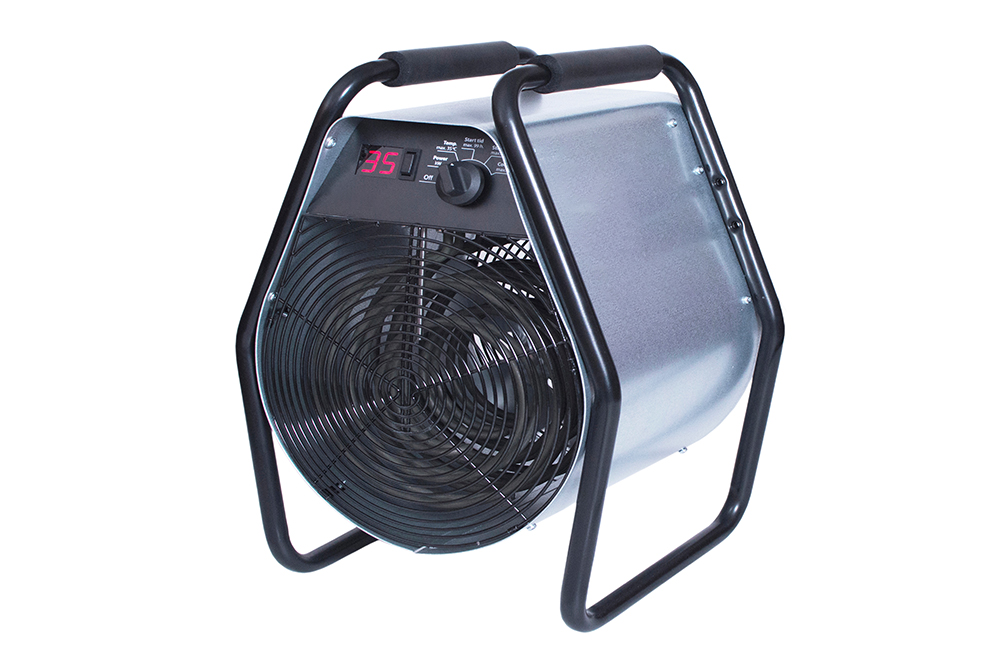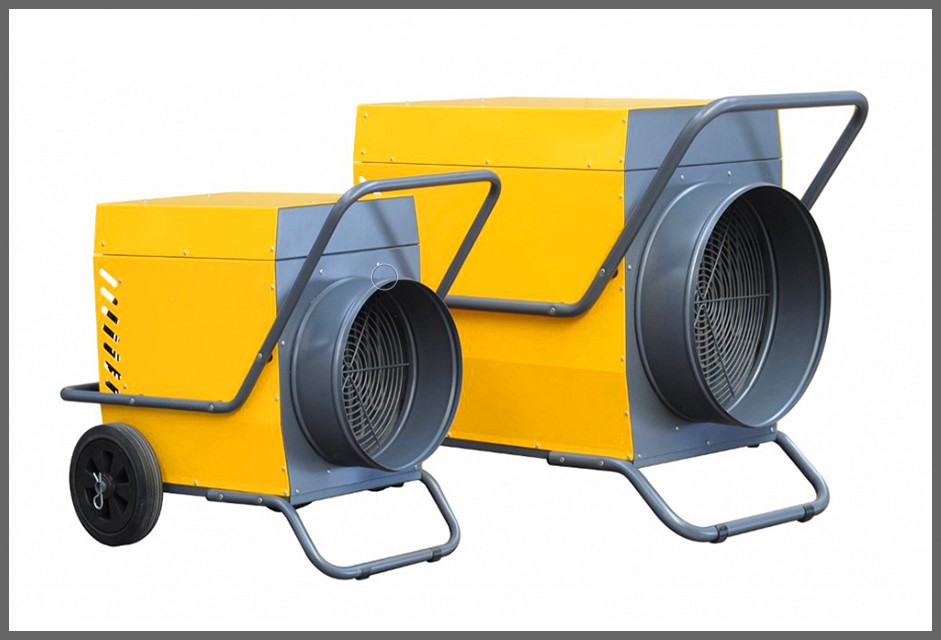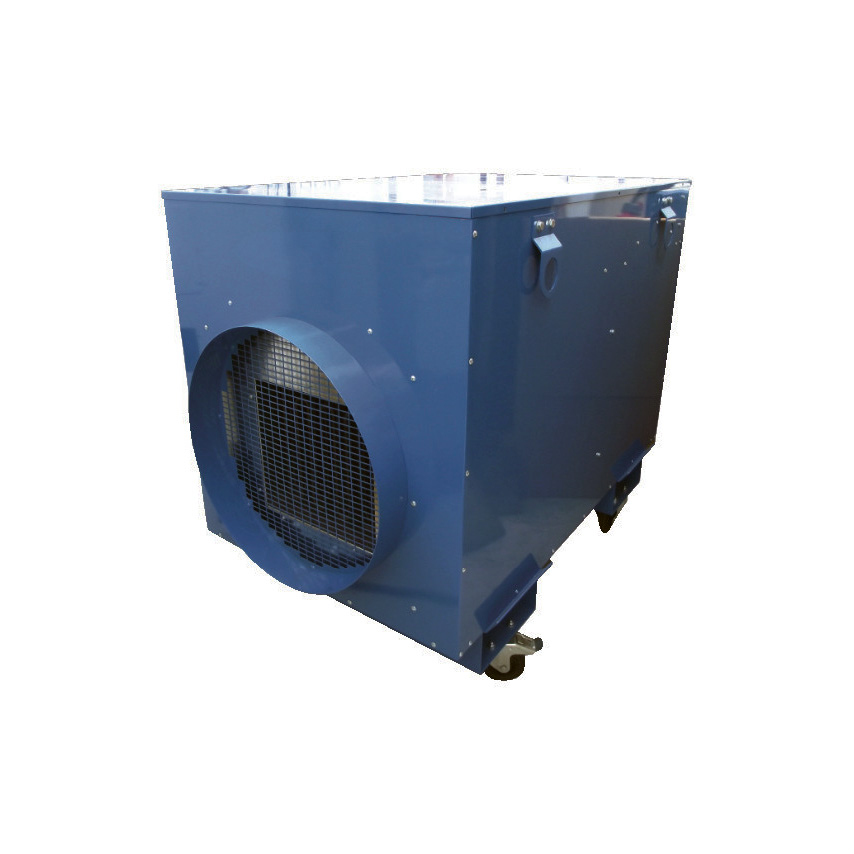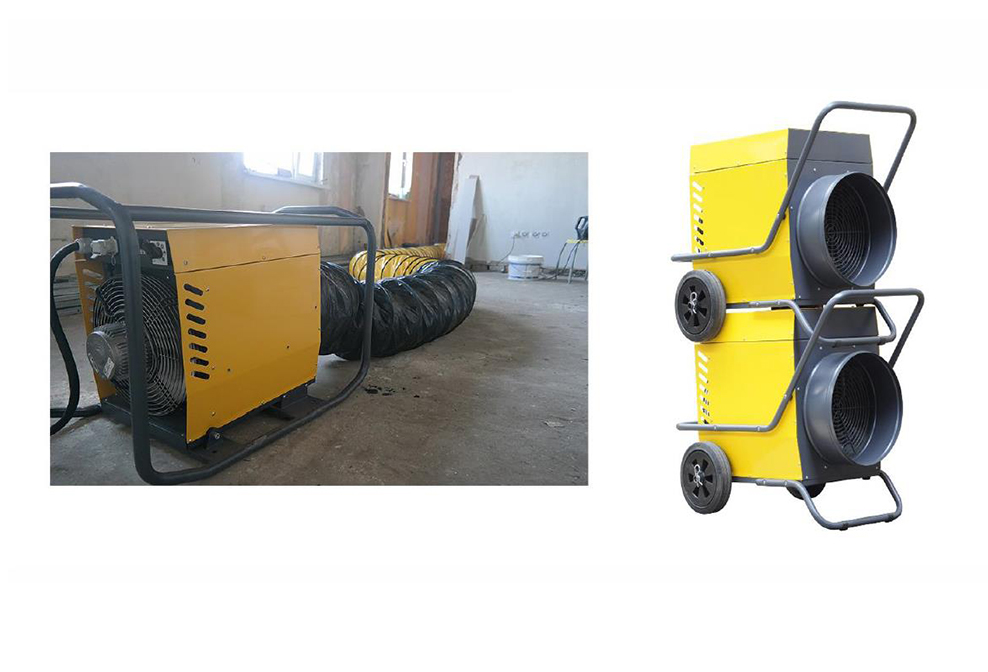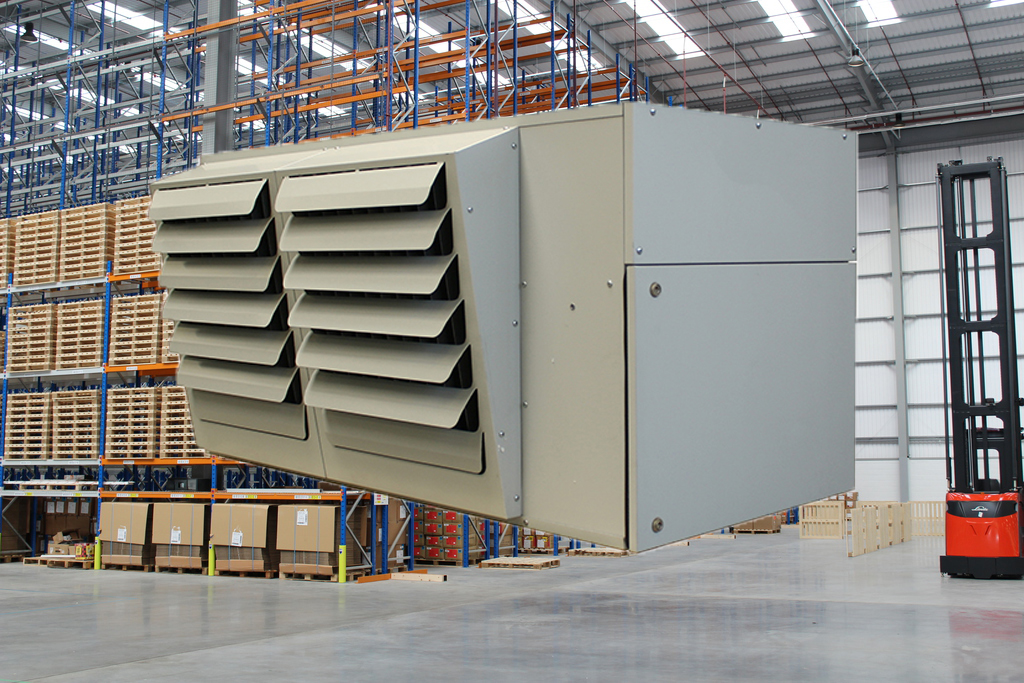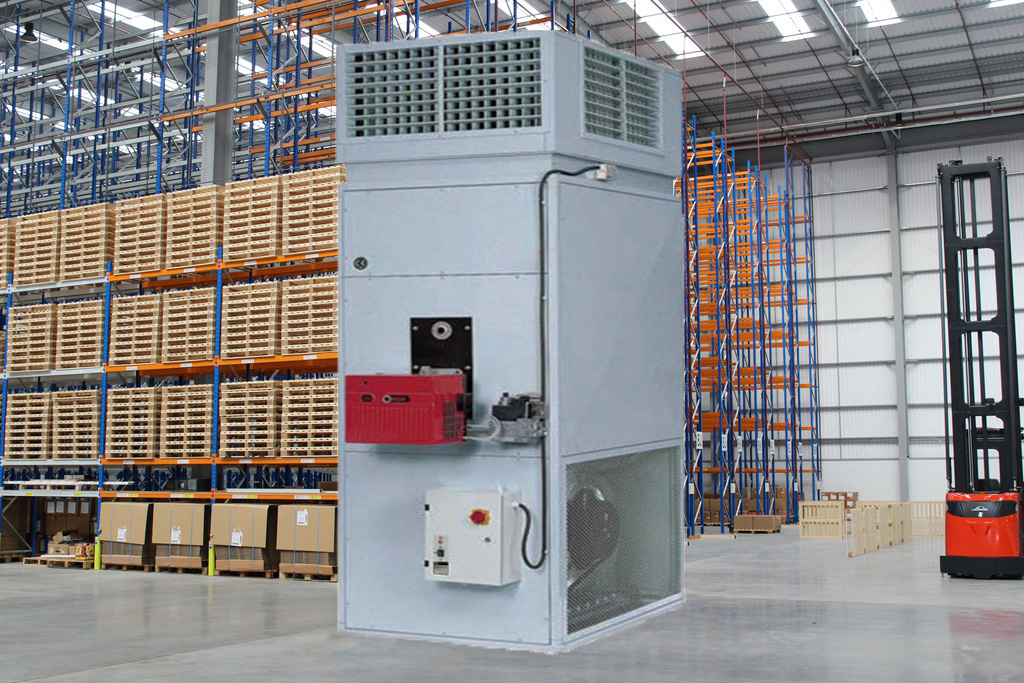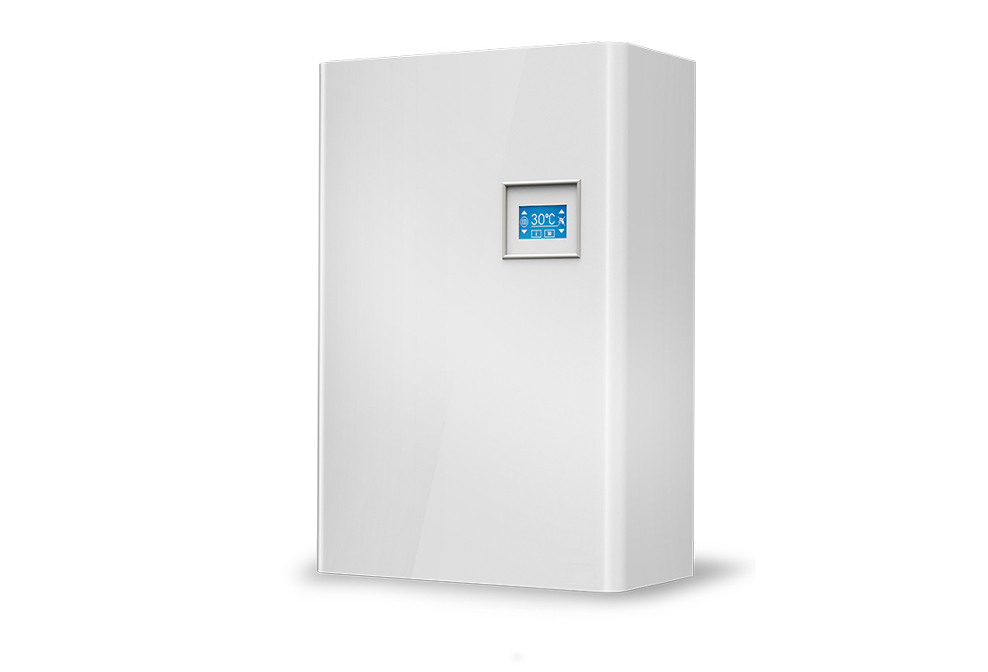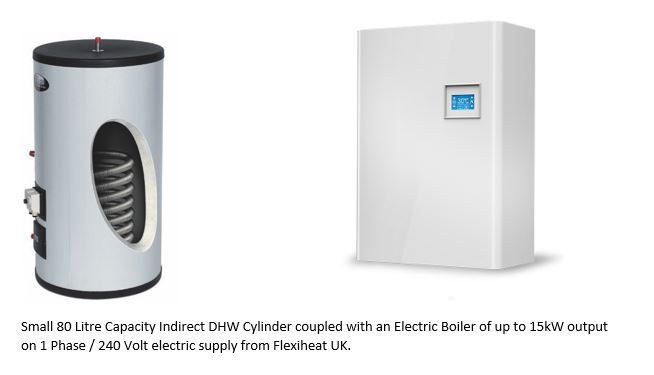Combi boiler for a large house
Combi boiler for a large house
Looking for a combi boiler for a large house? Here we go through the issues that you need to consider when selecting the best combi boiler for a large house to suit your requirements. Selecting the correct combi boiler size for any home, is critical, especially when your residence is a large house, with multiple radiators, or an underfloor heating system and multiple bathrooms, it then becomes vitally important if you require a high efficiency and economical boiler with exceptional hot water flow rates then we have the perfect high heating efficiency gas boilers for your large house / home/ property.
In a nutshell combi boilers heat water for the central heating system and hot water demands, normally without a storage hot water cylinder. For this reason, they can struggle to cope with the hot water demands of multiple bathrooms properties that you might have in a 5 bedroom house for example. But we have a solution to this issue with the best combi boilers for a large property -please read on
What are combi boilers, and what do they do ?
Firstly, we need to establish, what a combi boiler is? Well the boilers official name is a combination boiler – but over the years this has been shortened just to “combi boiler “. These boilers are now the most popular type of boiler for homes, flats etc in the residential market for the UK. A combi boiler not only supplies the heat for the central heating of the home ( i.e. central heating system ) , but also heats the domestic hot water demands instantaneously as a hot water tap is opened.
If you already have a regular boiler installed in your property, that is coupled up with a hot water storage cylinder that requires a cold water tank in the loft space (if the hot water storage cylinder is a vented cylinder), then installing a combi boiler means you no longer need this cold water tank anymore and recover some loft space.
Generally Combi boilers need to be more powerful than regular and system boilers to do the same job, as they use a hot water cylinder to store hot water.
Another benefit of a large combi boiler is that the hot water is fed from the mains water supply, eliminating the need for a feed and expansion tanks, and thus the water pressure is often higher, resulting in better hot water performance and higher energy efficiency, without the need to store hot water.
These factors make a combination boiler one of the highest efficiency boilers on the market, with an attractive low cost purchasing price, along with the lower installation costs and continual lower running costs than the older type system boilers that were extensively used with hot water cylinders in previous times in larger homes or properties with complex heating systems.
There are two main elements to a combi boiler sizing, which need to be considered when selecting the correct size combi boiler –
- The central heating side of the boiler– You need to establish how much of a heating load or requirement your large property will have. This is to ensure that our energy efficient boiler has sufficient capacity to heat your large home.
- The Domestic Hot Water performance– This is the hot water that you use to bath, wash or doing the dishes / kitchen use – when preparing meals etc as your not storing hot water in a separate hot water tank with a combi boiler.
We will look at both of these issues and give you the guidance to ensure that you have the best solution for your combi for a larger house or property with multiple bathrooms and high hot water demands.
Combi sizing for large house / homes / properties
The first part is the easier bit as they say. It doesn’t matter what heat emitters you are using to heat your home, whether it be a radiator system or an underfloor heating system or even a combination of both. The principle of heat loss sizing for your property doesn’t change for conventional boilers or combi boilers, or if it’s gas and oil boilers.
Basically, the fabric of your home loses heat, depending on how well insulated the building materials used, such as the brickwork, the floor and the roof. This is known as the “U “value of the materials in question.
This” U “value is official expressed as the rate in Watts [W]) at which heat transfers through 1 square metre [m²] of the surface of a buildings material when there is a temperature difference of 1ºC between the internal and external environments.
So, if you have a property built from the late 1990’s onwards then you are safe to use this ready reckoner chart. This ready reckoner table is based on a brick and block cavity wall with mineral wool insulation having a total wall thickness of 312 mm has a “U” value of 0.3 W/mtr. The building regulation from the late 1990’s specify that this “U” value must be achieved, to pass the building regulations.
You need to ensure that you have the total floor area of your home, including the ground level, 1st floor, 2nd floor etc. It is the home’s / properties total floor area you need to calculate.
| Power Output of Boiler | Heating area with Height of 2.7 Mtrs & U Value of 0.3 |
| 4.5 kW | ~ 55 Mtrs/2 |
| 7.5 kW | ~ 85 Mtrs/2 |
| 9 kW | ~ 110 Mtrs/2 |
| 13.5 kW | ~ 165 Mtrs/2 |
| 15 kW | ~ 180 Mtrs/2 |
| 22.5 kW | ~ 278 Mtrs/2 |
| 24 kW | ~ 300 Mtrs/2 |
For example – If your 5 bedroom house or large home has a total floor area of 600 M/2, then you’re going to need a 48 kW Combi boiler (2 x 300 m2 = 2 x 24 kW – thus a 48kW output combi boiler)
If your total floor area is 440 M/2, then you’re going to need a 48 kW Combi (1 x 300 m2 = 24 kW and 1 x 165 M2 = 13.5 Kw –always go up on the chart – you can turn a combi boiler’s power output down , if you have it there , but you can never turn it up , if it doesn’t have the capacity – thus 24kw + 13.5 Kw = 37.5 kW total boiler output
Our combi boilers for large homes are modulating boilers, which means they will automatically ramp up and down the boiler’s power to suit the central heating ( radiators or underfloor) requirements. They are very clever combi boilers these days !
Domestic hot water performance of the boilers
Ok, now for the second part of a combi boiler for a large house– the domestic hot water performance / sizing – and this these days is the most important factor when selecting the best boiler to suit your requirements.
Traditional combi boilers use a plate heat exchanger to heat the domestic hot water up to temperature, from the “heating water side of the boiler “. They have benefits in that they only heat the hot water when there is a demand, and we do a range of this type of combi boilers up to 50kW of output which is an “A” rated boiler for the heating system and hot water , these are listed on this webpage 50kw combi boilers
But they also have some minus points, which really come into factor when trying to fulfil the hot water demands when used in larger homes, with multiple bathrooms, or many hot water taps.
Because a combination boiler draws all of its water supply directly from the mains water supply, these boilers struggle to meet high demands for the hot water. An example of this, is when multiple hot water taps are turned on in various bathrooms, the kitchen or other rooms within the house, you will often see a dramatic reduction in the water pressure.
This is caused by the combination boiler not having the benefit of a storage hot water tank, which would meet these levels of demand. This situation used to be resolved by using a regular boiler commonly known as system boilers in conjunction with a hot water storage cylinder.
We’ll we at Flexiheat UK have solved that problem, we basically have a “hybrid combi boiler” or a “combi boiler with an element of storage”, which makes these powerful boilers especially suitable for larger homes, that usually have larger hot water demands via multiple bathroom or showers, that any gas safe registered engineer can install.
Another benefit of having an element of hot water storage is that the larger the property, the longer the hot water pipe runs tend to be, so depending on the property layout you can install a secondary domestic hot water return, which eliminates the delay for the hot water to get to the taps around the home, this also eliminates what is referred to as “hot water dead legs”.
So this brings us to our range, and why our boilers are regarded as the best combi boiler for a large house
We do two models –
the 55 model – which is a combi boiler that modulates its output all the way from 12 to 55 kW for the heating side of the boiler and will produce 54 kW of heating power for the domestic hot water demand
or the largest model – our 65 unit – which is a combi boiler that modulates its output all the way from 13.5 to 65 kW for the heating side of the boiler and will produce 64 kW of heating power for the domestic hot water demand
Each of these boilers are available with a hot water tank in either 60 , 90 or 120 litres of storage , which can handle a domestic water pressure of up to 6 bar ( any more than 3 bar ,and a shower can start to get painful with that pressure , and your taps turn into powerful water jets , often with the water coming out at such a force , that it goes everywhere.
But here is the element which makes the combi boilers the best choice for a large house – the Domestic Hot water performance – it literally is phenomenal, remarkable or exceptional – however you want to call it.
To explain how good it is – here are some stats –
Baths
According to BS6700 a standard bath (1700mm x 700mm) full capacity is around 180 litres to overflow level, but most people fill their bath tubs to around half way to allow for the displacement of water when they get into the bath. So, the actual volume of water used is 100 litres.
The normal bath water temperature is around 40 Degrees C
When you have stored water, this is kept at 60 Degrees C to prevent legionella, which is then blended down with cold water to achieve the 40 Degrees C, at a ratio of 60% hot water and 40% cold water, or 60 litres of hot water and 40 litres of cold water to make up the 100 litres.
Thus, a bath cycle requires 60 litres of hot water, stored at 60 Degrees C
The 60 litre tank, would recover it’s hot water in 6.30 minutes, (which means you can start filling a bath 6 minutes 30 seconds after filling the previous one ) the 90 litre in 6.30 minutes ( one and a half baths ) and the 120 litre unit in 6.30 minutes ( two baths simultaneously ) , which is very impressive domestic hot water performance indeed, as these combi boilers have a hot water priority system.
Showers
The figures are even more impressive for showers –
According to all the data, a standard 5-minute shower approximately 45 litres of water at 40 degrees C, which uses 27 litres of hot water stored at 60 degrees C – with a standard shower head. From this data – our 60-litre hot water storage tank will do 2 shower – simultaneously – the 6 and half minutes later you could go again
Our 90 Litre – 3 showers, again simultaneously – 6 and a half minutes, you can go again
Our 120 Litre – 4 showers with a little spare, again simultaneously – 6 and a half minutes, you can go again
In reality , we would say , that the persons wouldn’t have even come out of the shower room or bathroom, as they need time to dry off , shave , clean their teeth , do their hair etc, before the unvented hot water cylinder has recovered all of the hot water, in this way you could almost say that you have infinite hot water and all at a great water pressures – no limp or poor showers here !
Water Pressure
As a combination boiler draws all of its water supply directly form the mains water supply, they can often struggle to meet high water demands, especially in large properties like a 4 or 5 bedroom house .We have all seen what happens when a person turns on a hot water tap when someone is having a shower, and the dramatic drop in water pressure , normal followed by a shout “ turn that hot tap off “ I’m having a shower , this is due to the fact that a true combination boiler has no hot water storage tank like our combi boilers, which overcomes this problem, and allows multiple hot water taps or outlets to be used simultaneously, at good pressures.
Full technical output details for our combination boilers with storage for larger properties
These combination boilers for larger properties – can be fired with either natural gas or LPG / Propane Gas
| TECHNICAL SPECIFICATIONS | Model | FH-S DHW 55S | FH-S DHW 55M | FH-S DHW 55L | FH-S DHW 65S | FH-S DHW 65M | FH-S DHW 65L |
| Thermal Capacity – Heating | |||||||
| Maximum Heating Capacity | kW | 55 | 55 | 55 | 65 | 65 | 65 |
| Minimum Heating Capacity | kW | 12 | 12 | 12 | 13.5 | 13.5 | 13.5 |
| Maximum Heat Discharge for Heating (80°C / 60°C) | kW | 53.4 | 53.4 | 53.4 | 64 | 64 | 64 |
| Minimum Heat Output for Heating (80°C / 60°C) | kW | 9.1 | 9.1 | 9.1 | 10.9 | 10.9 | 10.9 |
| Maximum Heat Discharge for Heating (50°C / 30°C) | kW | 57.2 | 57.2 | 57.2 | 68.2 | 68.2 | 68.2 |
| Minimum Heat Load (50°C / 30°C) | kW | 9.9 | 9.9 | 9.9 | 11.8 | 11.8 | 11.8 |
| Maximum Domestic Water Capacity | kW | 54.1 | 54.5 | 54.7 | 64.2 | 64.6 | 64.8 |
| Thermal Efficiency | |||||||
| Efficiency @ Pmax. (80°C / 60°C) | % | 97.5 | 97.3 | 97.7 | 97.3 | 97.2 | 97.2 |
| Efficiency @ Pmin. (80°C / 60°C) | % | 98.8 | 99.1 | 98.20% | 98.6 | 98.3 | 98.6 |
| Efficiency @ Pmax. (50°C / 30°C) | % | 105.3 | 105.2 | 105.1 | 105.6 | 105.3 | 105.6 |
| Efficiency @ Pmin. (50°C / 30°C) | % | 107.2 | 107.2 | 107.2 | 107.1 | 107.3 | 107.4 |
| Efficiency @ 30% (30°C) | % | 108.1 | 108.7 | 108.5 | 108.6 | 108.4 | 108.7 |
| Domestic Water Circuit | |||||||
| Domestic Water Temperature Adjustment Range | °C | 10 -65 | 10 -65 | 10 -65 | 10 -65 | 10 -65 | 10 -65 |
| Domestic Water Storage Tank Volume | L | 60 | 90 | 120 | 60 | 90 | 120 |
| Domestic Water Flow Rate in Continuous | L / dT | 12.2 | 18.2 | 24.4 | 12.3 | 18.6 | 24.6 |
| Use (∆T=25°C. 20 °C /45 °C) | |||||||
| Heating & DHW Pressures | |||||||
| Maximum Operating Temperature- Heating | °C | 85 | 85 | 85 | 85 | 85 | 85 |
| Maximum Operating Pressure- Heating | Bar | 4 | 4 | 4 | 4 | 4 | 4 |
| Minimum Operating Pressure- Heating | Bar | 0.8 | 0.8 | 0.8 | 0.8 | 0.8 | 0.8 |
| Maximum DHW Pressure | Bar | 6 | 6 | 6 | 6 | 6 | 6 |
| Gas Properties | |||||||
| Gas Type | – | G20-G31 | G20-G31 | G20-G31 | G20-G31 | G20-G31 | G20-G31 |
| Gas Inlet Pressure (G20) Nat Gas | mbar | 20 | 20 | 20 | 20 | 20 | 20 |
| Gas Inlet Pressure (G31) LPG /Propane Gas | mbar | 37 | 37 | 37 | 37 | 37 | 37 |
| Combustion Values | |||||||
| Maximum Flue Gas Outlet Temperature (50°C / 30°C) | °C | 44 | 44 | 44 | 45 | 45 | 45 |
| Maximum Flue Gas Outlet Temperature (80°C / 60°C) | °C | 65 | 65 | 65 | 65 | 65 | 65 |
| NOx Emission Class (EN 15502-1+A1) | – | 5 | 5 | 5 | 5 | 5 | 5 |
| Electrical Values | |||||||
| Voltage & Frequency | V / Hz | 230/50 | 230/50 | 230/50 | 230/50 | 230/50 | 230/50 |
| Energy Consumption | W | 210 | 210 | 210 | 300 | 300 | 300 |
| Hydraulic Circuit Properties | |||||||
| Gas Connection | inch | 1/2” | 1/2” | 1/2” | 1/2” | 1/2” | 1/2” |
| Heating Circuit Flow & Return Connections | inch | 3/4″ | 3/4″ | 3/4″ | 3/4″ | 3/4″ | 3/4″ |
| Domestic Water Circuit Flow & Return Connections | inch | 1/2″ | 1/2″ | 1/2″ | 1/2″ | 1/2″ | 1/2″ |
| General Features | |||||||
| Net (Dry) Weight | kg | 100 | 115 | 130 | 105 | 120 | 135 |
| Flue Diameter (Ø) | mm | 80/125 | 80/125 | 80/125 | 80/125 | 80/125 | 80/125 |
| ** G20 Natural Gas. G31 LPG |
Control options for the boilers
Everyone now wants to be able to control their boiler, when they are out and about, be it travelling or at work or even on a plane – having the facility to turn your boiler on and have the house warm for when you return to it has now become almost standard. Well the good news is that a combi boiler can do this – they have a control panel is also what is called “OpenTherm Plus “compatible, which means you can control these combi boilers, via the use of an “OpenTherm” controller, such as a “nest” type or similar.
This means you can make your life simpler and control these combination boilers from either your mobile phone (android or apple) your PC or tablet, from anywhere in the world, as long as you have an internet connection.
The control panel on these combi boilers also has numerous inbuilt features such as –
- Frost Protection – Full protection against freezing of the heating and domestic hot water in low ambient temperatures
- Pump Protection system – Anti-blockage System -The circulation pump is activated automatically once every 24 hours and prevent any blockage
- Ability to operate according to different heat demands with the variable flow pump control
- Low fuel consumption and fixed combustion efficiency thanks to the PWM driver, high modulating fan and high modulating gas valve
- Ability to operate according to different heating system configurations
Last point is that all combi boilers when fuelled by gas should be installed by a gas safe registered engineer, not just a heating engineer to comply with the regulations and to ensure that the combi boilers are safely and correctly installed.
What are you waiting for ! Call us, for the best combination boiler for large properties
So should you be looking for a combi boiler for a large 4 bed house or for a 5 bedroom house , with 2 , 3 or even 4 bathrooms , you can now see why our combi boiler is the best option , as the element of some hot water storage , which is as small as possible , and thus saving on wasted energy , but large enough to cope with the hot water requirements of a large home or property, then please don’t hesitate to contact us at Flexiheat UK for the best combi boilers prices, using the contact us function at the top of this web page, or alternatively give us a call on 01202 822221.As we believe we have the best combi boilers for large houses for sale on the UK and Irish market.
